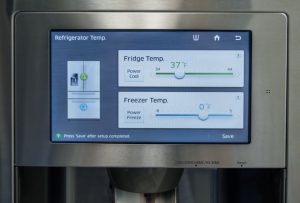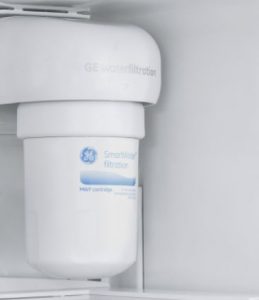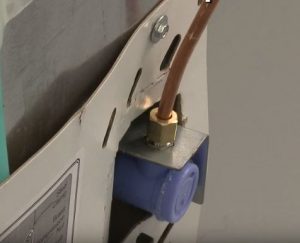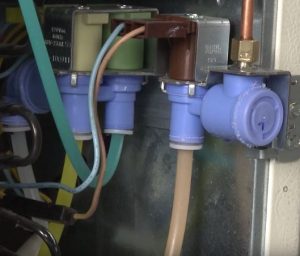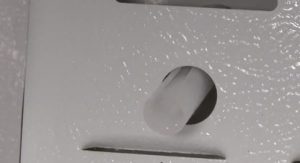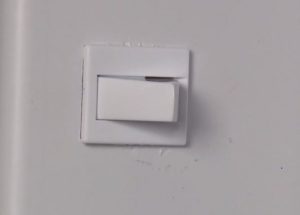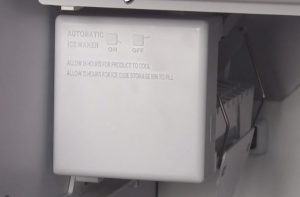Is your refrigerator’s icemaker not working? Here is how to fix it.
Thanks to icemaker, you have an ice ready whenever you want. All you need to do is to push the button. If your refrigerator’s icemaker stopped producing ice cubes, do not get upset. Here are some steps you can take to get your icemaker working again.
Follow these simple tips to get your refrigerator’s icemaker working properly:
-
Check the temperature of the freezer
The icemaker will not produce ice cubes efficiently if the freezer temperature is too high. Ideally, the temperature should be set between 0 and 5°F. If the freezer temperature stays above 15°F, there is probably something wrong with the appliances cooling system. This can be caused by accumulated debris on the condenser coils, preventing the coils from properly dissipating heat. The failure of the condenser fan motor to properly circulate the air, or frosted over evaporator coils restricting airflow. The evaporator coils being frosted over indicates a failure in the defrost system, which is caused by a defective defrost control, heater, or thermostat.
-
Check the water filter
If the refrigerator icemaker is not working, the water filter might be clogged. Replace it every six months to maintain proper water flow and ensure water quality.
-
Check water pressure from house supply
To operate properly, the water inlet valve requires at least 20 pounds of water pressure per square inch. To help determine this, shut off the water supply, disconnect the supply line from the inlet valve and hold the line over a bucket. Turn the water supply back on, in a serve whether or not there is a strong flow of water jetting out of the line. A weak flow indicates a problem with the water line or the water supply valve.
Things that might be causing the issue:
-
Defective water inlet valve
The refrigerator’s water inlet valve controls the water being sent to the icemaker tray. The inlet valve can fail both mechanically and electrically. A mechanical failure could be caused by the build-up of mineral deposits, preventing the valve from opening. If this happens, you will need to replace the valve. Trying to clean out an old valve is not recommended due to the risk of part failure after repair. To determine if the inlet valve has failed electrically, use a multi-meter to test the valve solenoid coils for continuity. If one or more of the coils tests negative for continuity, the inlet valve will need to be replaced.
-
Frozen water supply tube
A frozen water supply tube leading to the icemaker tray can also prevent the ice maker from working. You can thought the supply tube by heating it with a hairdryer, but be aware that a frozen supply tube is usually caused by insufficient water pressure, or a defective inlet valve.
-
Faulty door switch
The door switch disables the ice dispenser when the refrigerator door is open. A faulty door switch will prevent the dispenser from working, even when the door is closed. As with the water inlet valve solenoids, you can use a multi-meter to test the door switch for continuity to determine if the part has failed or not.
-
Malfunctioning icemaker assembly
One of the components inside the icemaker assembly itself could be malfunctioning. Since these components are usually not sold separately, you will need to replace the entire assembly once you have ruled out the other probable causes.
According to eHow, the first icemaker was invented in 1850 by Dr. John Gorrie and revolutionized the food production industry having made mass food production possible.

